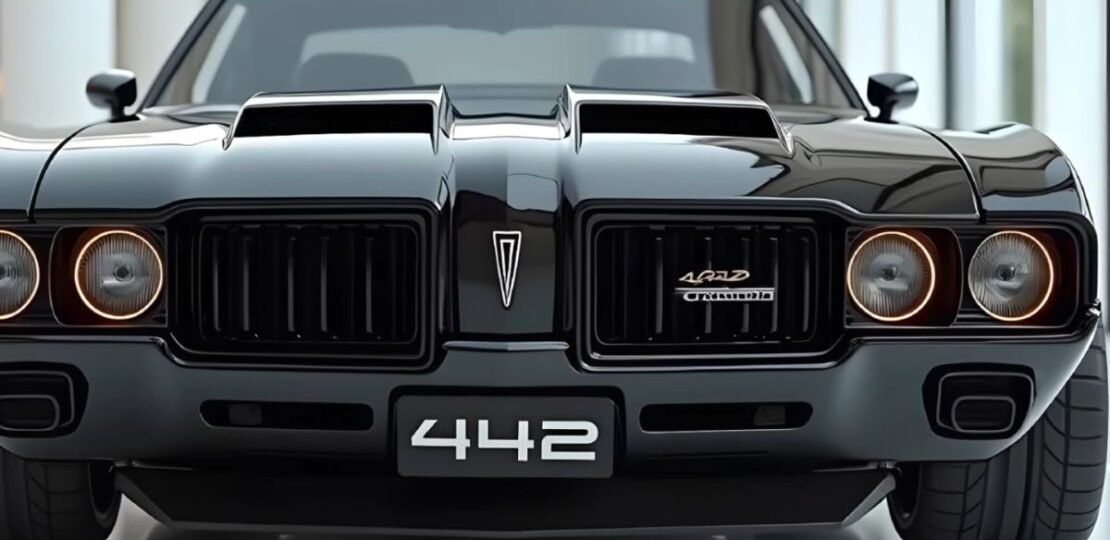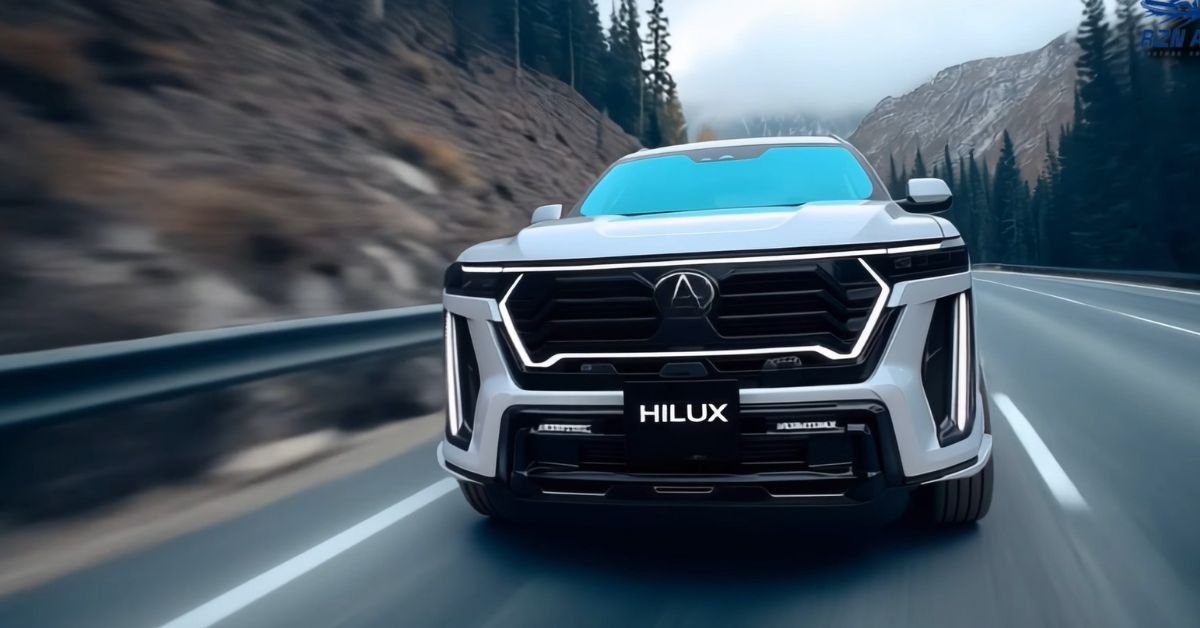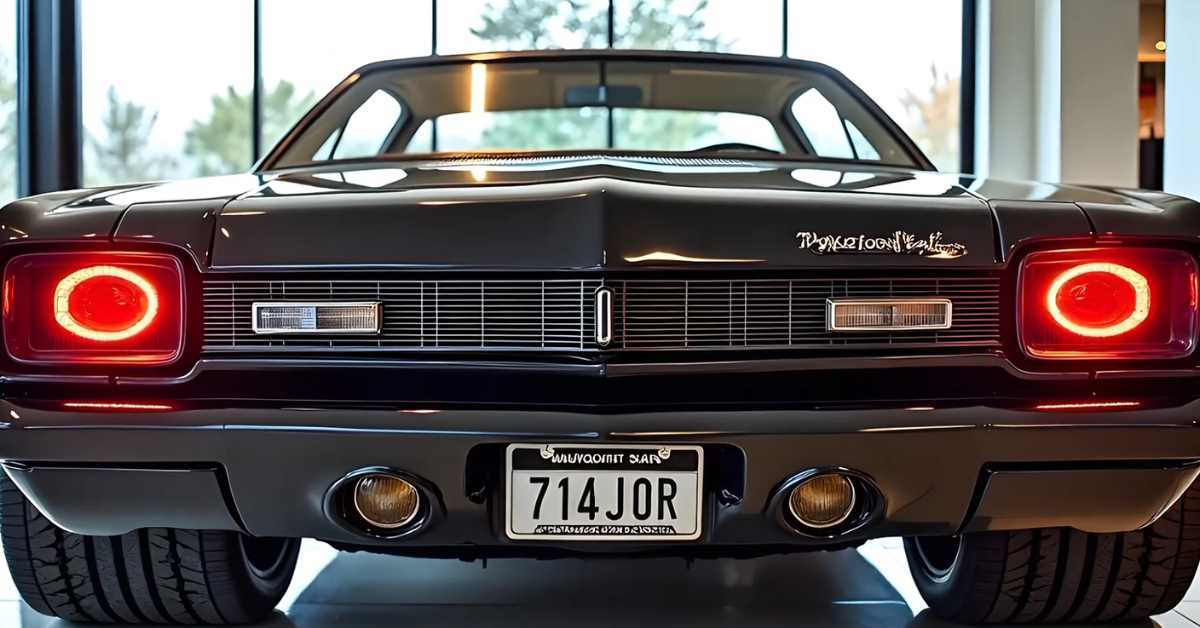
The Oldsmobile 442 has long been a symbol of American muscle car prowess, and whispers of its return as a 2026 model have set the automotive world abuzz. While General Motors hasn’t officially confirmed anything, the idea of bringing back this iconic nameplate taps into a deep well of nostalgia for U.S. enthusiasts craving a blend of classic power and modern tech. This potential comeback could redefine how legacy brands compete in today’s performance car landscape.
Legacy of the Oldsmobile 442
Oldsmobile introduced the 442 in 1964 as a performance package on the F-85 and Cutlass models, standing for its four-barrel carburetor, four-speed manual transmission, and dual exhaust system. It quickly gained fame for delivering raw V8 power in a mid-size package, aimed squarely at the U.S. market where muscle cars were dominating drag strips and highways. By 1965, it evolved into a standalone model with a bumped-up 400 cubic-inch V8, pushing production to over 25,000 units and solidifying its role as a Pontiac GTO rival. The first generation through 1967 saw innovations like the W-30 package in 1966, adding forced-air induction for extra grunt, though GM’s rules limited some wilder setups by 1967.
The second generation from 1968 to 1972 marked the 442’s peak, with a redesigned A-body platform offering a sportier stance and options like the 455 cubic-inch V8 starting in 1968. In 1970, it hit stride with 370 horsepower from the W-30 variant, making it a quarter-mile terror that enthusiasts still chase today. Emissions crackdowns in 1971 and 1972 dialed back power to around 300-350 horses, but the Hurst/Olds specials kept the spirit alive with unique shifters and paint schemes. Later generations from 1973 onward shifted toward appearance packages on Cutlass bodies, with the last true rear-drive version ending in 1980 before brief front-wheel-drive revivals in the late 1980s and early 1990s.
Oldsmobile discontinued the brand entirely in 2004 amid GM’s restructuring, leaving the 442 as a collector’s dream rather than a showroom staple. Yet, its U.S.-centric appeal—rooted in Detroit engineering and drag-racing heritage—keeps values climbing, especially for 1968-1972 models that fetch premium prices at auctions.
Past Performance and Production Numbers
Diving into the numbers reveals why the 442 earned its legendary status in the American muscle scene. The inaugural 1964 model packed a 330 cubic-inch V8 with 310 horsepower, achieving 0-60 mph in about 8 seconds and quarter-mile times around 15.5-15.8 seconds at 89 mph. Production was modest at 2,999 units, mostly sport coupes and hardtops, reflecting its niche launch. By 1965, the engine grew to 400 cubic inches and 345 horses, shaving the quarter-mile to 15 seconds flat at 98 mph, with output jumping to 25,003 cars across various body styles.
The 1966 W-30 variant cranked things up to 360 horsepower, clocking a blistering 13.8-second quarter-mile at 105 mph, the fastest muscle car that year, though only 502 got the package amid 21,997 total builds. In 1967, similar power levels held, with 350-360 horses and quarter-miles in 13.9 seconds, production steady at 24,827. The 1970 peak saw the 455 V8 at 370 horses in W-30 form, hitting 0-60 in under 6 seconds and quarters in 13.89 seconds, but sales dipped to 19,330 as insurance costs rose.
By the 1970s, power faded under regulations: 1972’s W-30 managed 310 horses and 14.37-second quarters, with 9,845 produced, while 1974’s final classic run dropped to 275 horses on 7,204 units. These figures highlight the 442’s evolution from raw speed demon to balanced performer, always tuned for American roads and tracks.
| Year | Engine | Horsepower | 0-60 mph (est.) | Quarter-Mile | Production |
|---|---|---|---|---|---|
| 1964 | 330 ci V8 | 310 | ~8 sec | 15.5-15.8 sec @ 89 mph | 2,999 |
| 1965 | 400 ci V8 | 345 | ~7 sec | 15 sec @ 98 mph | 25,003 |
| 1966 (W-30) | 400 ci V8 | 360 | ~6 sec | 13.8 sec @ 105 mph | 21,997 (502 W-30) |
| 1970 (W-30) | 455 ci V8 | 370 | ~5.5 sec | 13.89 sec @ 101 mph | 19,330 (3,100 W-30) |
| 1972 (W-30) | 455 ci V8 | 310 | ~7 sec | 14.37 sec @ 98 mph | 9,845 (772 W-30) |
| 1974 | 455 ci V8 | 275 | ~8 sec | ~15 sec | 7,204 |
Comparisons to Rival Muscle Cars
The 442 never shied from competition, often trading blows with the Pontiac GTO and Chevrolet Chevelle in the U.S. muscle wars. In 1964, its 310 horses edged out early GTOs at 325 but lagged in straight-line speed, with the GTO’s lighter weight giving it a slight quarter-mile advantage. By 1966, the W-30’s 360 horses matched the GTO’s Tri-Power setup, but the 442’s smoother ride and heavier build made it better for cruising American interstates rather than pure drag duty.
Against the Chevelle SS, the 1970 442’s 370 horses beat the base SS 396’s 350, though Chevy’s big-block options pulled ahead in torque for quicker launches. The 442 shone in handling thanks to its Positraction and stiff suspension, offering a more composed cornering experience than the tail-happy GTO. Later years saw it lose ground as rivals like the Plymouth Road Runner emphasized affordability and raw speed, but the 442’s upscale Oldsmobile badge appealed to buyers wanting luxury with their power.
Overall, the 442 carved a niche as the refined muscle car—powerful yet practical for everyday U.S. driving, with better interior quality than many Detroit peers.
Speculation on the 2026 Oldsmobile 442
Talk of a 2026 442 revival stems from online renders and enthusiast forums, painting a picture of a rear-drive coupe blending retro cues with EV-era tech for the U.S. buyer. Rumors point to a supercharged 6.2-liter V8 delivering 650 horsepower, potentially with hybrid assist for efficiency, hitting 0-60 in about 4 seconds and topping 190 mph. Some concepts suggest a twin-turbo V6 hybrid at 560 horses for broader appeal, paired with a 10-speed automatic or six-speed manual, plus adaptive suspension for track-ready handling.
Interior whispers include leather seats, a digital cluster, and a large touchscreen with Apple CarPlay, plus safety features like blind-spot monitoring—far cry from the bare-bones classics. Pricing speculation starts at $45,000-$53,000 for base models, climbing to $65,000 for loaded trims, positioning it against the Dodge Challenger and Ford Mustang in the USA’s pony car segment. Though GM denies plans, these ideas draw from trends like the Chevrolet Camaro’s updates, fueling hopes for a Detroit comeback.
| Feature | Classic 442 (1970s) | Rumored 2026 442 |
|---|---|---|
| Engine | 455 ci V8 (~370 hp) | Supercharged 6.2L V8 (~650 hp) or hybrid V6 |
| 0-60 mph | 5-7 sec | ~3.6-4 sec |
| Transmission | 4-speed manual | 10-speed auto / 6-speed manual |
| Tech/Safety | Basic gauges, no aids | Digital displays, emergency braking, infotainment |
| Price (est.) | $3,500-$4,000 | $45,000-$65,000 |
| Status | Discontinued 1980s | Rumored, no official GM confirmation |
Market Context and Why It Matters Now
In today’s U.S. market, a 442 revival could capitalize on the nostalgia boom, where classics like the Mustang thrive amid electrification pushes. With Dodge shifting to EVs like the Charger Daytona, a gas-powered 442 with hybrid tweaks would offer purists a bridge to the future, competing on heritage and straight-line thrill. It fits GM’s strategy of badge engineering, perhaps on a shared platform with the Cadillac CT5-V, appealing to baby boomers and Gen Z collectors alike.
Such a move would boost Oldsmobile’s dormant equity, potentially driving sales in a segment where performance coupes still command loyalty despite rising fuel costs. Even as rumors, these discussions highlight how American icons endure, keeping the muscle car flame alive on U.S. soil.
The 442’s story—from 1960s firebrand to potential 2026 contender—shows the timeless pull of Detroit muscle. If it materializes, expect it to roar back as a USA-exclusive tribute to speed and style; until then, the speculation alone revs up excitement for what’s next.
RELATED POSTS
View all


